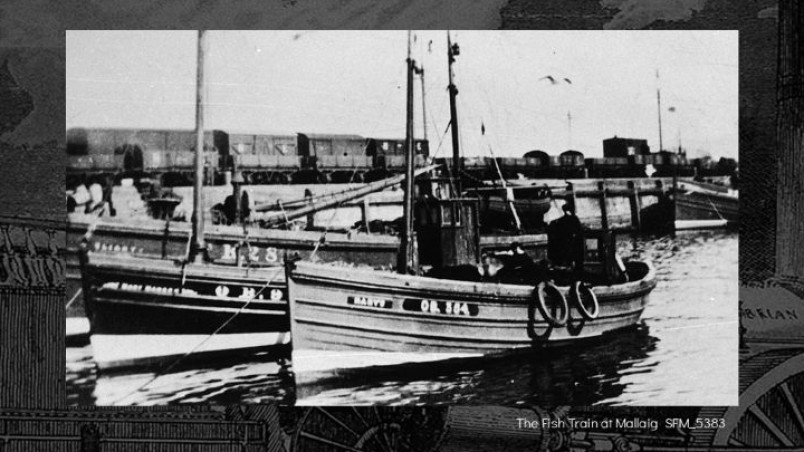Rail transport was one of the most important technological inventions of the 19th century and a key element of the Industrial Revolution. The Stockton & Darlington Railway opened on September 27, 1825, connecting places, people, communities and ideas and ultimately transforming the world. At this time, the efficiency of steam engines was rapidly improving. Although steam had been recognised as a source of power from at least the 1st century CE, its use had remained largely experimental. Throughout the 1700s, British engineers, notably Thomas Newcomen, James Watt and Richard Trevithick, worked to develop engines to support the growing mining industry. Early stationary engines were placed at coal mines to power water-pumps and haul coal wagons. By the early 1800s, the addition of connecting rods and cranks enabled engines to turn wheels. Now steam engines were capable, not only of driving machinery, but also of driving vehicles. The application of steam power to transport had far-reaching effects on the way people lived, worked and communicated, and fishing was not immune. From transporting fish and fish workers, to changing how fish were caught and even influencing our national dish, steam power and railways changed the face of Britain and of the fishing industry. In this 200th anniversary year of commercial rail travel in the UK, we take the opportunity to look at the wide-ranging impacts of these technologies on a particular industry – fishing.
DISABILITY ACCESSIBLE

Please contact us for further assistance







